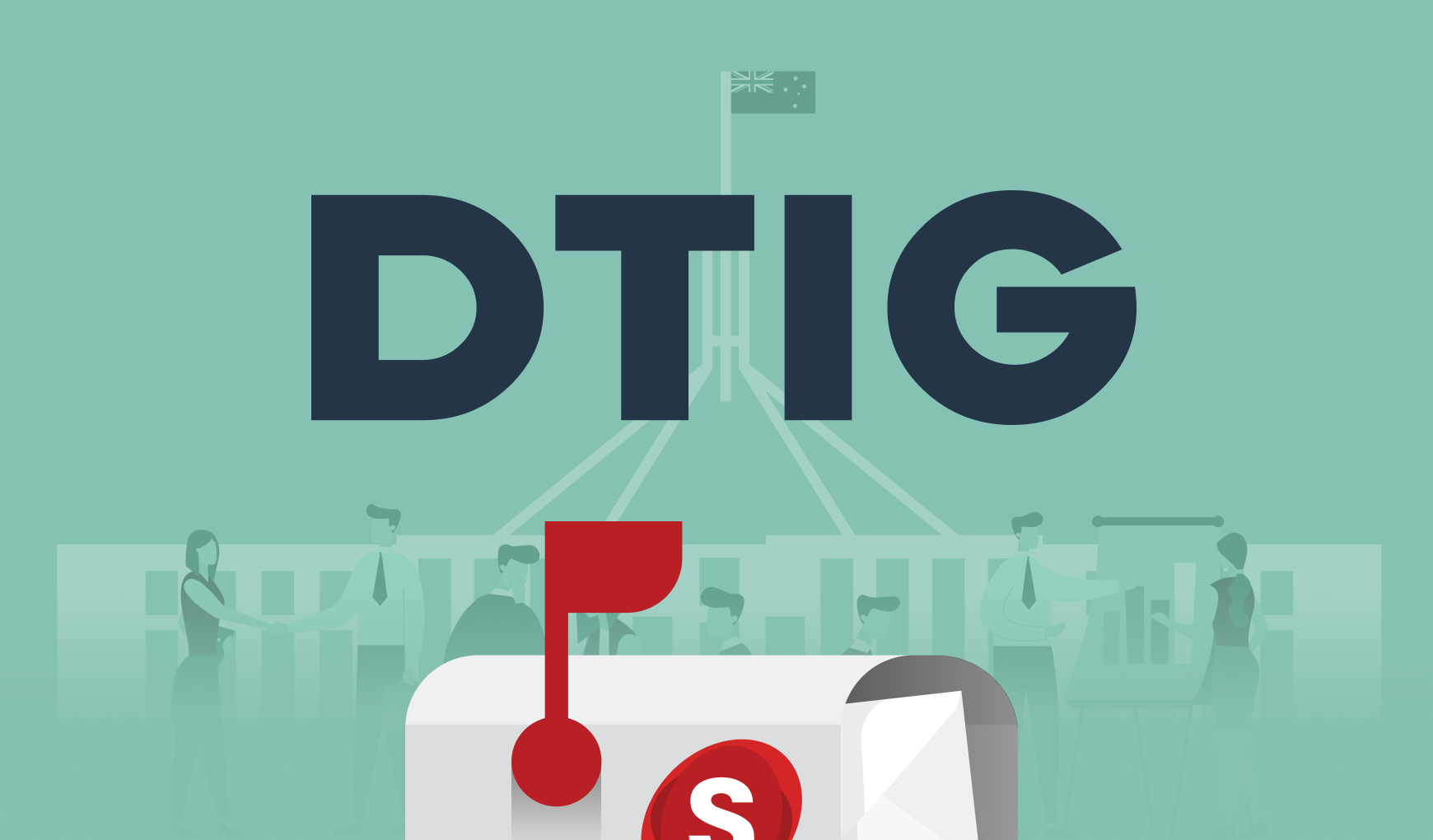Re-visiting blockchain
It was a while ago that we covered blockchain technology as part of this digital transformation in government (DTIG) series. In fact, it was nearly two years ago that we ran our blog, The blockchain revolution.
The power and application of blockchain technology is still a regular topic in the news around the world, especially its application for the banking sector and government.
Data61’s proof of concept
CSIRO's and the Commonwealth Bank (CBA) recently completed a proof of concept, trialling ‘smart money’ using blockchain technology. The trial focused on ‘conditional payments’, which refers to payments that are made when certain conditions are met. In this case, it was payments within the National Disability Insurance Scheme (NDIS). The trial was small, with only 10 participants, but has far-reaching consequences for Australia’s blockchain payment landscape.
How the proof of concept worked
The project set up programmable money with some complex sets of rules/conditions, in line with the complexity of NDIS payments. Each NDIS recipient has an individual plan, with a range of budget categories with different spending rules for each one.
The proof of concept involved three elements:
Blockchain token technology coupled with Australia’s New Payments
Smart contracts that set up the spending conditions for each personalised plan
Registries that contained lists of eligible service providers
Blockchain tokens ‘remember’ how they’ve been spent, which means budgets and spending can be easily tracked by both recipients and NDIS. The smart money is programmed around rules like:
Who can spend it
How much can be spent
When it can be spent
Any other conditions/rules that might apply
The trial participants used a smartphone app to track their tokens, and to book and purchase services. Through the app they could quickly and easily see their budget balances within each area.
The trial also allowed a better delivery and payment model for service providers, who could submit information for payment, which could then happen instantly with automated remittance advices.
Advantages for NDIS recipients
The blockchain technology delivered many benefits to NDIS recipients, including:
The ability to easily track budgets (through the app)
An easier and faster way to manage their individual plans (participants estimated the app could save them 1-15 hours a week!)
A clearer understanding of exactly how they can spend the payments
More choice and control over their support services
Advantages for government/NDIS
NDIS also benefited from the smart money technology trial, because it:
Made it easier to ensure recipients were meeting the required conditions
Reduced paperwork and administration
Reduced time/resources processing paperwork and assessing eligibility of services
Reduced the risk of accidental or intentional misspending
Other applications
The Making Money Smart Report says smart money (programmable money) could be used to manage a variety of payments, including insurance payouts, trust management and charity management. At an individual level, it could also be used in other areas, such as personal savings, smart diets, and smart pocket money.
For government, smart money has the potential to eventually be used for a variety of payment-based systems, such as the Age Pension, Newstart Allowance, Youth Allowance and Parenting Payment.
More information
For more information, you may like to view the full or the executive of the Making Money Smart Report or read CSIRO’s news . The Digital Transformation (DTA) has also investigated and evaluated blockchain. The DTA’s Blockchain overview: Australian Government is another great source of additional information.
Salsa Digital’s take
Blockchain technology has the power to transform the way government transacts with citizens, especially the way it sets up financial transactions. Blockchain is an emerging technology that still needs further testing, however this recent pilot project and the report has shown blockchain’s potential for government conditional payments.

